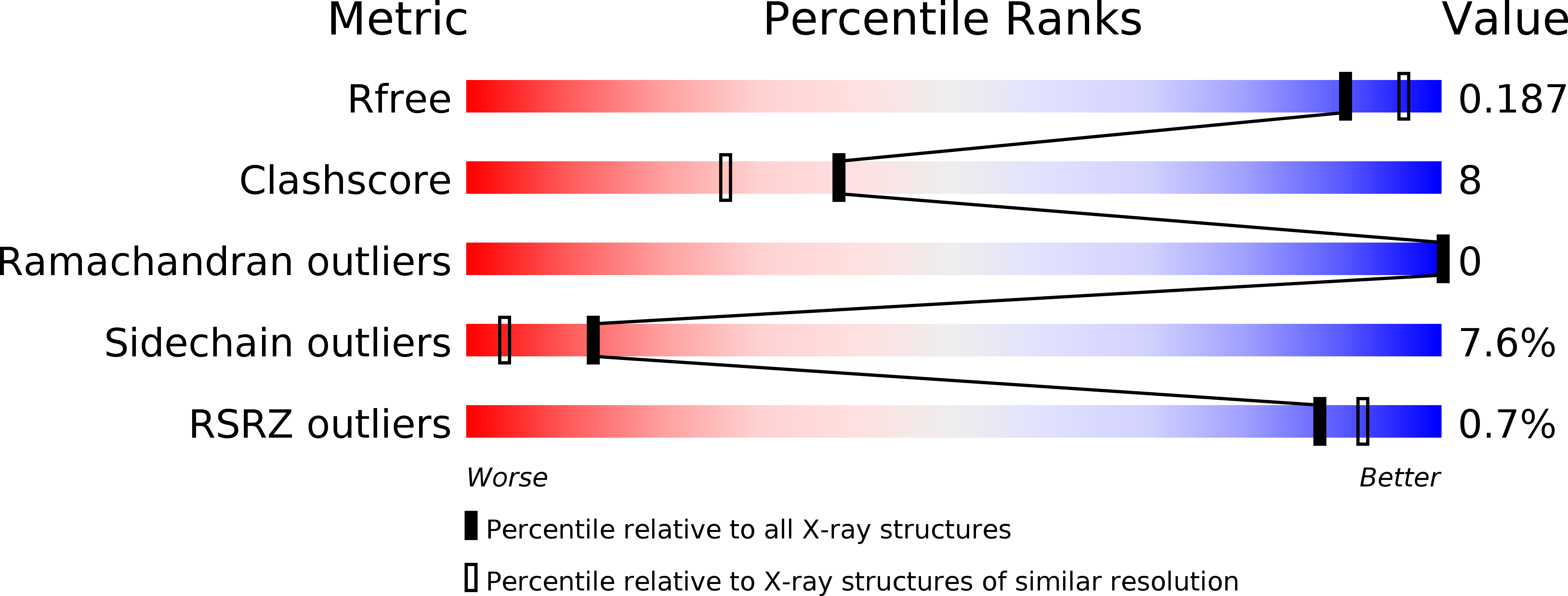
Deposition Date
2006-04-01
Release Date
2006-08-14
Last Version Date
2024-05-08
Entry Detail
PDB ID:
2CJG
Keywords:
Title:
Lysine aminotransferase from M. tuberculosis in bound PMP form
Biological Source:
Source Organism:
MYCOBACTERIUM TUBERCULOSIS (Taxon ID: 83332)
Host Organism:
Method Details:
Experimental Method:
Resolution:
1.95 Å
R-Value Free:
0.18
R-Value Work:
0.15
R-Value Observed:
0.16
Space Group:
P 31 2 1


